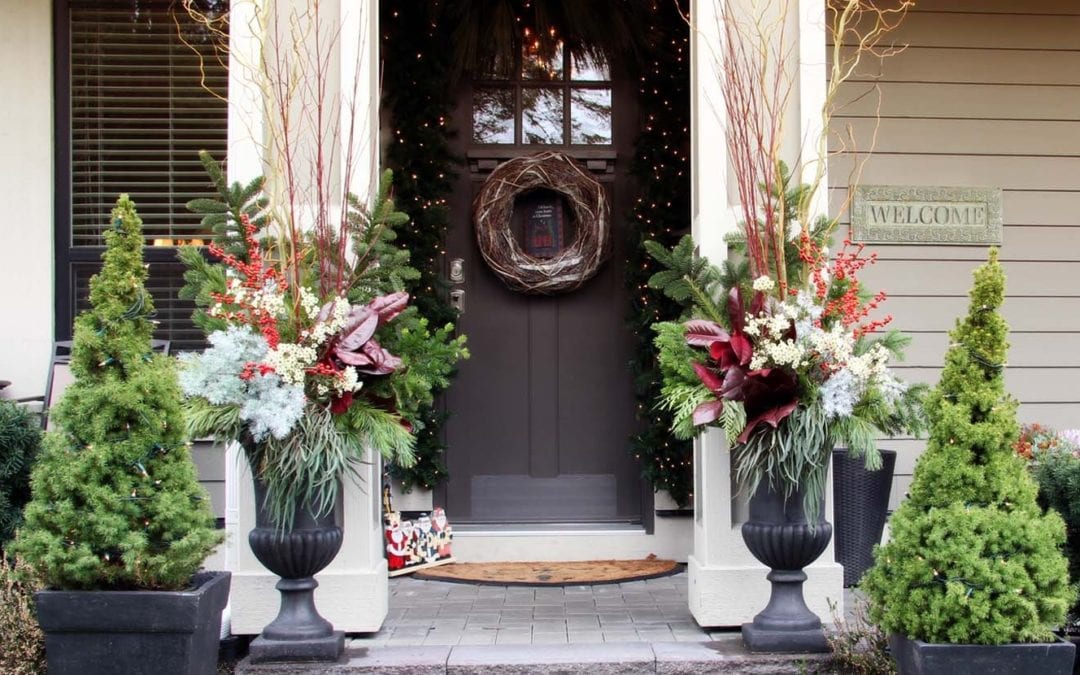November can be such a melancholy month. The days are shortening and we know that the icy grip of winter is imminent. Our landscapes are losing the bright autumn leaves and before long snowflakes will begin to gather on the grass and in the garden. The season for outdoor gardening is drawing to a close, and there is not much to do, save raking up the last of those leaves and preparing our containers and garden ornaments for storage.
Some of our favorite garden images involve the serendipitous placement of statuary and other ornaments. In one garden we know, a dark green concrete frog stands guard over a deck, often buried in snow. Birds will perch on his knobby head, eliciting a twitchy response from the household cats. We’re also fond of an extremely large, bronze-colored acorn that seems to confuse the neighborhood squirrels and chipmunks. We don’t recommend that you leave concrete statuary outside all winter, but it’s done all the time. Sometimes, things are just too heavy to move. And as long as there are no deep pockets for water to collect and freeze, or any serious cracks or chips, your statuary should be fine.
Concrete urns, birdbaths and fountains need to be handled more carefully in the winter. The basins should be emptied and stored in a dry garage or shed, as water can freeze in the basins, expanding and contracting, potentially causing cracks. If there is no storage space, at least turn the basins upside down. Many gardeners keep their birdbaths out for the enjoyment of over-wintering birds. Any birdbaths left filled for the cold season should be protected with a heater.
Metal ornaments can be left outside as long as you don’t mind a little rust. It certainly falls into the category of shabby chic. Metal obelisks and garden stakes can be a great place for the birds to perch, and can be lighted for the holidays. Ice crystals formed on metal objects can be stunning enough to photograph, proving that you can find beauty in the garden at any time of year.
Cast iron pots make great containers for evergreen branches and decorative sticks or twigs. The container’s weight will stabilize your arrangement and there is no danger in leaving it out all winter. A metal pot situated in the garden and filled with annual grasses becomes a natural centerpiece when allowed to remain through the icy weather.
If you aren’t planning to use your pots for seasonal arrangements, store them for the winter, as many materials may not weather the cold temperatures. The biggest threat is water as it has a way of collecting in chips and crevices, expanding when it freezes and causing cracks.
Small pots are easily moved into garages or storage areas, but large, heavy ones are another story. Immovable containers can be left outside if a few precautions are taken. Remove all soil and cover the container to prevent water from collecting inside. Raising the container up off the ground with some bricks is also a good idea. This prevents the pot from freezing to the ground and from you creating chips in the base when you’re shoveling snow. These few simple steps will prolong the life and looks of your investments.

